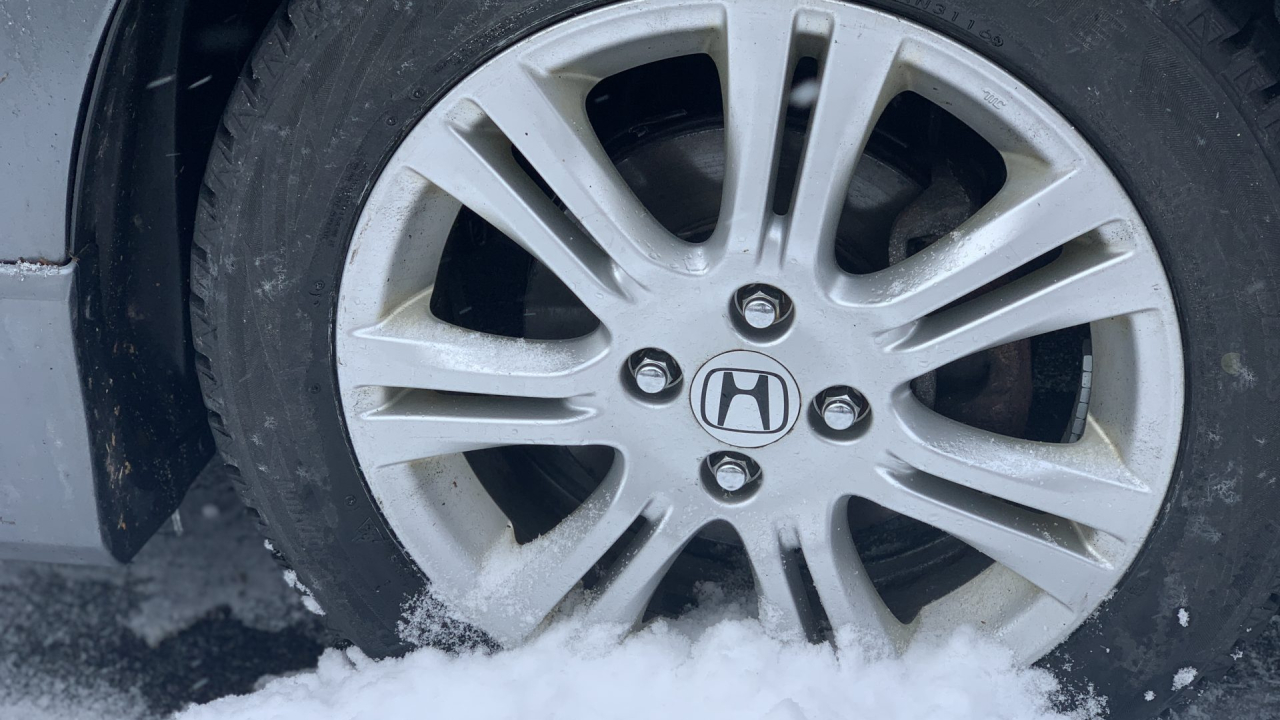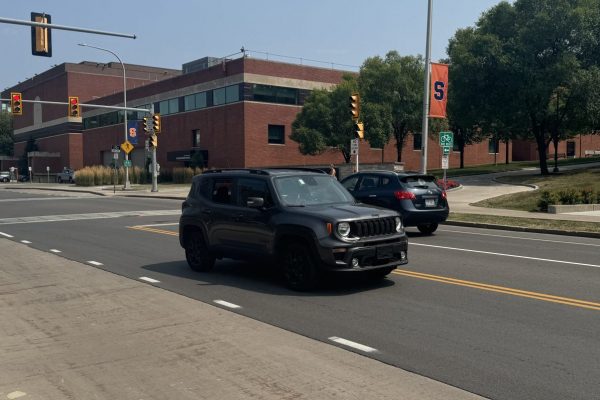
SYRACUSE N.Y. (NCC News) — As winter approaches and the roads become increasingly hazardous, it’s crucial to ensure that your vehicles are equipped to handle the challenges of cold weather and adverse driving conditions. The American Automobile Association (AAA) recommends a few things to get you started, here’s a comprehensive guide:
- Tires: Start by inspecting your tires to ensure they are in good condition with sufficient tread depth. Consider switching to winter tires, which offer better traction on snow and ice, enhancing your vehicle’s stability and grip in slippery conditions.
- Battery: Check your car’s battery and terminals for corrosion, ensuring a proper connection. Cold temperatures can strain batteries, so it’s wise to have a professional battery test to ensure it’s in optimal condition for winter.
- Antifreeze/Coolant: Maintain your car’s coolant at the appropriate level and ensure it is rated for cold temperatures. Antifreeze prevents the engine from freezing, safeguarding its performance and longevity.
- Oil: Use the correct grade of oil designed for winter weather. Cold temperatures can cause oil to thicken, hindering proper lubrication. Opt for oil with the right viscosity rating to ensure smooth engine operation in cold conditions.
- Brakes: Have your brakes inspected to ensure they are in optimal working condition. Snow and ice can increase stopping distances, so reliable brakes are essential for safe winter driving.
- Lights: Check all exterior lights, including headlights, taillights, brake lights, and turn signals, to ensure they are functioning correctly. Proper visibility is paramount during winter driving, especially in low-light conditions.
- Wipers and Washer Fluid: Replace worn wiper blades and refill your windshield washer fluid with a winter-grade solution that won’t freeze in cold temperatures. Clear visibility through your windshield is vital for safe driving in inclement weather.
- Heating and Defrosting: Test your car’s heating system and defrosters to ensure they are operating effectively. Maintaining a warm interior and clear windows is essential for comfort and visibility during winter commutes.
- Emergency Kit: Equip your vehicle with an emergency kit containing essentials such as blankets, non-perishable food, water, a flashlight, a first aid kit, and a shovel. Additionally, include items like jumper cables, a tow rope, and kitty litter or sand for traction if you find yourself stuck in snow or ice.
By following these safety measures and ensuring your vehicle is properly equipped and maintained for winter conditions, you can minimize the risks associated with cold weather driving and enjoy a safer commute throughout the season.




